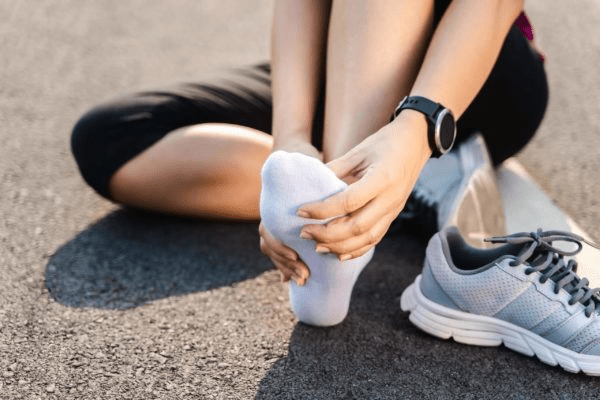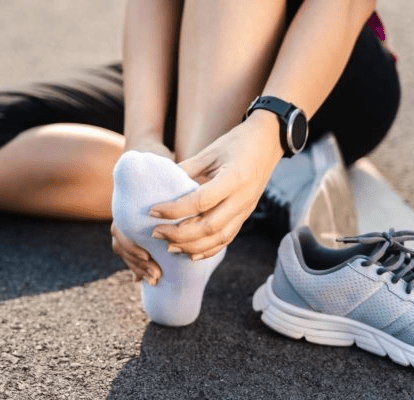
Featured Doctor
Wei Shen, MD
Get to know Dr. Wei Shen, board-certified orthopedic surgeon who specializes in the foot and ankle. Dr. Shen sees patients at OAM in Great Neck and Huntington, NY.
View Profile

By Wei Shen, MD, OAM Foot and Ankle Surgeon
Foot pain can come in all shapes and sizes. In medicine, the foot is regarded in three parts – forefoot (toes), midfoot and hindfoot (heel bone and below the ankle). Each of these three regions has unique features with their own spectrum of conditions.
Common complaints in the forefoot include bunions, hammertoes and arthritis of the big toe. In the midfoot, patients can experience trauma issues like fractures or ligamentous injuries, or chronic conditions such as arthritis. In the hindfoot, fractures, plantar fasciitis, different types of tendonitis and bone spurs on the heel can occur.
Some of these conditions can be prevented with simple foot care you can do at home.
If you have diabetes or an autoimmune condition such as rheumatoid arthritis or psoriasis:
– It is vitally important to visually check your feet every day as your sensations may be off due to peripheral neuropathy, and you may end up unknowingly walking on a callous or ulcer for weeks
– Take advantage of the many custom shoes and orthotics available for those with diabetes
– Physical therapy can also be useful to stretch ligaments and tendons
If you are generally healthy, it is still important to maintain foot hygiene:
– Take care of your skin to protect against fungus
– Wear appropriate footwear at all times, for example:
Wear hiking boots that go above the ankle to help prevent against twisting your ankle when you’re on rocky terrain
Wear tennis shoes while on the court as they have a wider platform at the bottom to prevent ankle sprains that can be common in tennis
– Always look beyond fashion to make sure shoes have good ergonomic design – the inside sole should not be completely flat but instead have arch support and a cushioned heel
Most foot conditions are chronic in nature meaning they develop over time. With the exception of fractures, almost all foot and ankle conditions can initially be treated with non-operative treatment.
The non-operative treatment options are quite expansive. There are many products available such as bunion guards for bunions, depressors for hammertoes, toe braces, etc. If you are experiencing midfoot arthritis, you may find relief from ice, physical therapy, anti-inflammatory medicine, cortisone injections or simply changing shoe wear. For heel pain issues, successful conservative treatment options can include physical therapy, stretching exercises, massages, medications, ice and cortisone injections.
Additionally, we are currently expanding the use of platelet-rich plasma (PRP) injections in these areas. PRP injections have shown success in treating arthritis, plantar fascia, bone spurs and Achilles tendonitis.
In my practice, I almost always start with non-operative treatment plans for my patients. While there are surgical treatments for every foot and ankle condition that can correct the problem to relieve pain, surgery is only discussed if and when patients ask for surgical treatment, when the pain and dysfunction is so great that they want to make a change to their quality of life. Regardless of what I see on x-ray and MRI, I work with each patient to decide the best treatment plan tailored to their pain, lifestyle and goals. Physicians treat people, not x-rays or MRIs.




